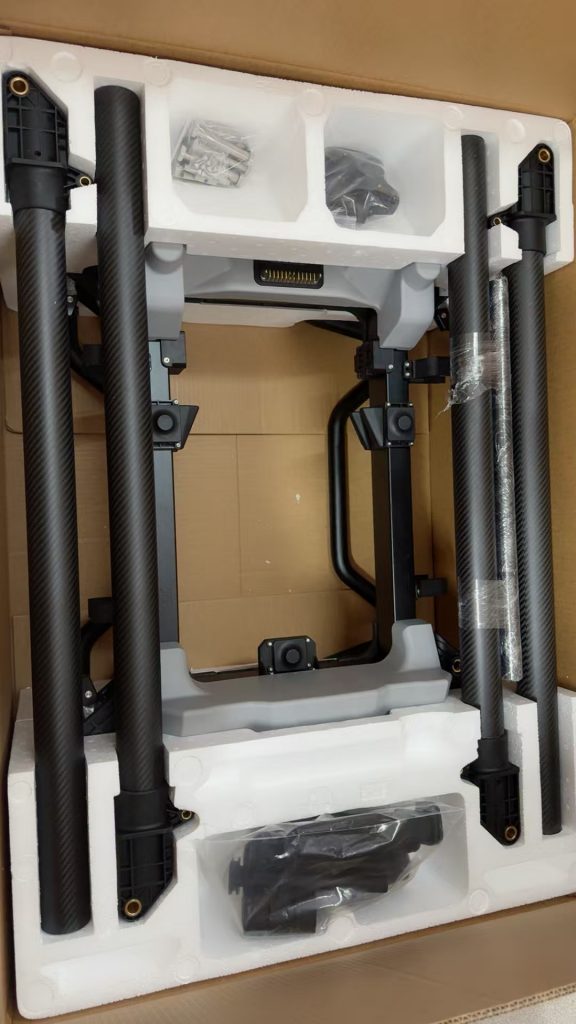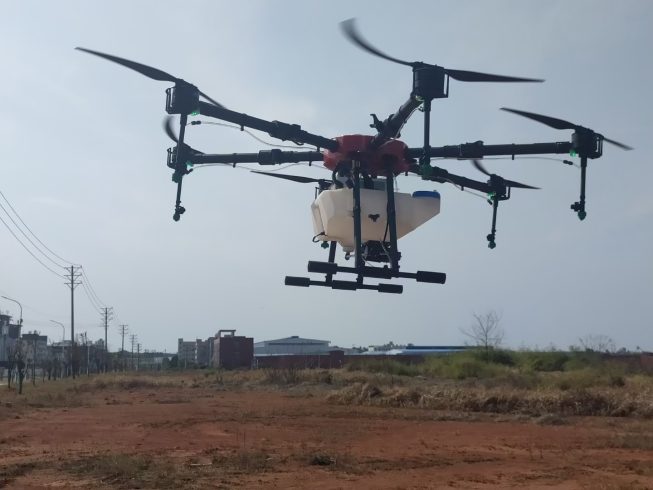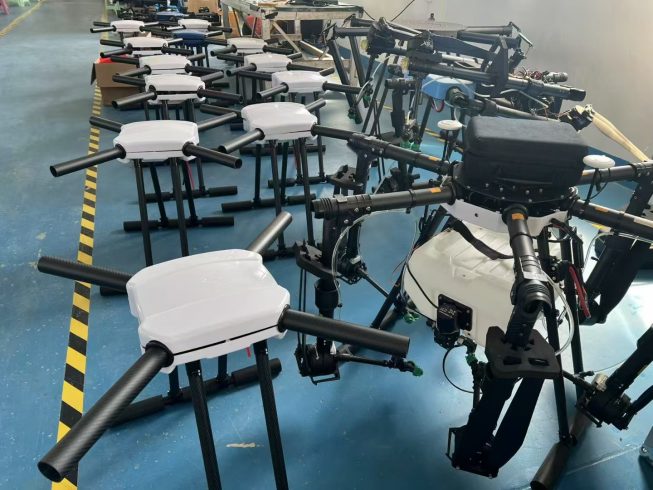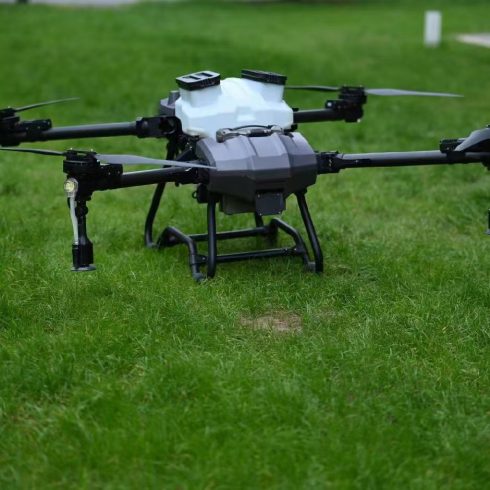
Bosnia and Herzegovina’s countryside carries the weight of history—and the warmth of tradition. Nestled between the jagged peaks of the Dinaric Alps and the meandering Sava River, its valleys are stitched with family farms: plots of wheat swaying beside wildflower meadows, vineyards clinging to sunlit slopes, and shepherds guiding cattle through pine forests. For generations, these small-scale operations—most under 10 hectares—have fed communities, preserved cultural roots, and turned rugged terrain into livelihoods. But today, that legacy faces new strains. Younger Bosnians, chasing opportunities in Sarajevo or abroad, are leaving rural areas. Climate change brings erratic rains and scorching summers, threatening crops like potatoes and plums. And as Bosnia aligns with EU agricultural standards, farmers are pressured to cut chemical use without sacrificing yields. It’s in this crossroads of past and future that an unlikely hero is taking flight: agricultural drones imported from China, quietly redefining what it means to farm with resilience.
Bosnia’s Farms: Roots Deep, Challenges Steep
Bosnia’s agriculture is a study in contrasts. In the north, the fertile Posavina Plain yields golden wheat and corn, while the central highlands nurture vineyards producing robust Žilavka white wine. In the southeast, near Trebinje, olive groves and fig trees thrive in Mediterranean-like climates. Yet nearly 80% of the country’s 200,000 farms are family-run, often managed by aging farmers. “My three children study in Sarajevo,” says Hasan, a 61-year-old wheat farmer in Kakanj. “I tend 8 hectares alone. Spraying pesticides by hand takes three days—by then, the aphids have already eaten half the crop.”
Climate change sharpens these struggles. Last year’s drought stunted 30% of the nation’s potato harvest, while sudden floods in the Una River valley washed away topsoil. “We used to predict seasons by the stars,” adds Aida, who runs a family orchard in Bugojno. “Now? Rain comes when it wants. We need smarter ways to work with what we have.”
Drones: Built for Bosnia’s Bumpy Terrain
When we first considered exporting to Bosnia, we didn’t just see a market—we saw a landscape that demanded creativity. Bosnia’s farms are a mosaic of steep hills, narrow valleys, and small, scattered plots—terrain where tractors get stuck and manual labor is exhausting. Our drones, engineered in China’s agricultural tech hubs, were designed for exactly this.
Portability was key. Weighing just 11 kilograms, they fold into compact cases, easy to carry on foot or by mule to remote fields. “In the highlands, getting equipment to a 1-hectare plot used to take a whole day,” explains Enver, a local agronomist who helped test our models. “Now? Two farmers unpack the drone, calibrate it, and launch it in 20 minutes.”
Precision transformed their workflow. Multispectral sensors detect early signs of crop stress—whether from drought, pests, or nutrient gaps—in hours, not days. For Hasan’s wheat fields, this meant targeting fertilizer only where soil was depleted, slashing costs by 28% and boosting yields by 15%. “Before, I spread fertilizer evenly,” he says. “Now the drone tells me exactly where it’s needed. My wallet—and the soil—thank me.”
Ease of use bridged the tech gap. Many Bosnian farmers aren’t digital natives, so we stripped away complexity: one-touch “crop health” scans, pre-set flight paths for staples like potatoes and plums, and training in Bosnian (with local agronomists leading workshops). “I thought drones were for techies,” admits Aida, grinning as she shows off her drone’s app. “But this? It’s like using a smartphone. I check the map, tap ‘spray,’ and watch it work. My back doesn’t ache anymore.”
From Boxes to Bonds: Trust in the Village Square
Shipping drones is simple. Building trust? That takes roots. We learned quickly that Bosnian farmers value relationships as much as results. So we partnered with local cooperatives, like the Zadruga Poljoprivrednika Zeničko-Dobojske, to host gatherings in village squares, over ćevapi (grilled meat) and kajmak (clotted cream). There, we taught farmers to read spray reports, swap troubleshooting tips, and even share stories of their grandfathers’ farming days. “At first, some called it ‘Chinese toys,’” recalls Senad, the cooperative’s head. “But when Hasan showed his fertilizer savings? They crowded around his phone, asking, ‘How do I get one?’”
Locally, we stock spare parts in a warehouse near Sarajevo, ensuring 48-hour repairs. When a drone flipped during a windy test flight last spring, our team flew in from China to train Enver’s nephew on fixes—no delays, no bureaucracy. “You didn’t just sell us a machine,” Senad says. “You stayed. That’s what matters in a place like this.”
Stories of Renewal: Small Farms, Big Gains
Change is blooming across Bosnia’s countryside:
-
Wheat & Corn Fields: Hasan now uses drones to map soil moisture, guiding drip irrigation and cutting water use by 22%. “My yields are up, and my water bill’s down,” he beams. “My grandson even video-calls to ask about the data. Maybe he’ll stay on the farm someday.”
-
Orchards: Aida’s plum trees thrive with targeted pesticide sprays, reducing chemical use by 35% and meeting EU eco-certification standards. “Buyers in Croatia notice,” she says. “They pay more for ‘drone-tended’ fruit. It’s pride, too—keeping our land healthy.”
-
Livestock Monitoring: In the highlands, shepherds use drones to track flocks, spotting lost sheep or injured animals hours faster than hiking. “No more spending nights searching,” says Luka, a lifelong herder. “The drone is my new guard dog.”
More Than Exports: A Partnership for the Future
What began as a trade deal has become a shared journey. Bosnian farmers teach us about their world: how drones handle Bosnia’s fierce bura winds, which crops (like wild berries) need gentler spray settings, even which colors blend best with their stone walls (earthy brown, not industrial gray). In return, we’re refining our designs—larger tanks for vineyards, quieter motors to avoid spooking cattle—to better serve the Balkans.
As Bosnia works toward EU integration, agri-drones offer a bridge between tradition and progress. They’re not replacing tractors or grandfathers’ wisdom—they’re amplifying it.
So when you next see a drone gliding over Bosnia’s wheat fields or plum orchards, know this: it’s more than technology. It’s a promise—of preserving a mountain way of life, of respecting the land, and of proving that even in the face of change, innovation rooted in understanding can help communities grow stronger.
After all, the best advancements don’t erase the past. They give it wings.
THE END







暂无评论内容